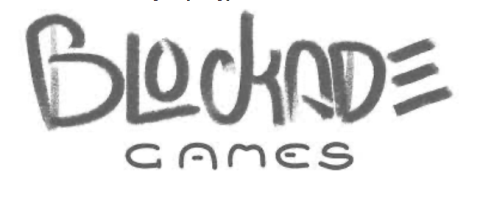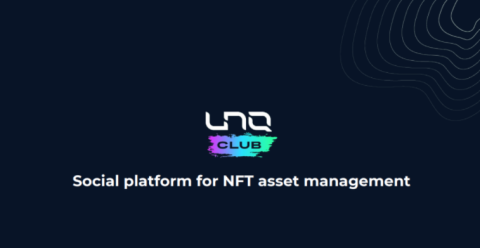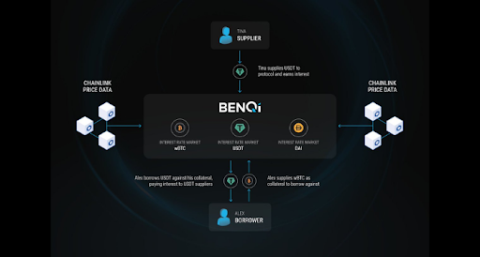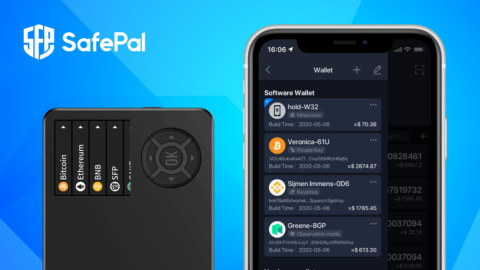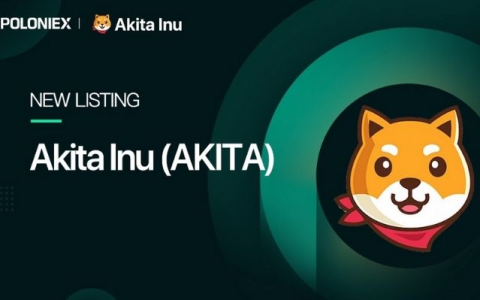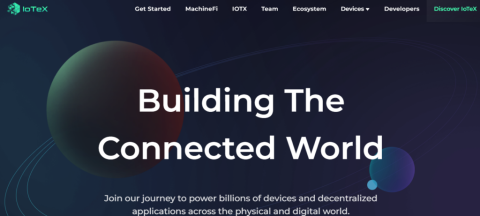What is thena? Discover the outstanding features of Thena and THE . token

Ngoài PancakeSwap, hệ sinh thái BNB Chain còn có một AMM khác có TVL đạt 150 triệu USD chỉ sau hai tháng ra mắt, dự án này được gọi là Thena.

First, TraderH4 defaults to the readers of this article who have already learned about the Avalanche blockchain and its features and advantages, so they will not delve into the analysis of this blockchain. Interested readers, please learn more through TraderH4's specific analysis article about Avalanche . However, to summarize the main feature of Avalanche, it is a blockchain that is divided into three main chains, each of which holds a separate task:

Basically, subnets can be briefly understood as a solution that extends across the Avalanche network horizontally, by providing a set of innovative tools and solutions for companies, mechanisms DAOs, individuals or even an entire country to create their own blockchain network with completely customized parameters, taking full advantage of the main network Avalanche. The process of creating a completely new subnet can take place in less than 60 minutes.
In addition, subnets can be customized to be a private network or operate without validation algorithms. However, the most important thing is that no matter how separate they are, they can still link data with other subnets.
Technically, subnets are created on the Platform (P-Chain) chain, using Avalanche's consensus protocols to provide a secure, globally distributed platform that can communicate with each other and completely trustless, providing an unprecedented decentralized solution, while ensuring compliance with regulated principles.
And yet, subnets are structures that can own their own token system and transaction fee mechanism. Developers can choose between using features like staking and on-chain transaction costs paid in AVAX tokens, stablecoins, or their own tokens.
In short, Avalanche is aiming for true scalability of the network, through the solution of creating virtual blockchain networks to scale horizontally and countless subnets that will be built by the community in the not too distant future. .
Recently, the Avalanche platform has also announced the launch of a program to encourage projects to build and use subnet solutions up to 290 million USD, which shows the very serious move of this platform towards the goal. developed Avalanche Multiverse.
As mentioned in the previous section, subnets are the solution for scaling the blockchain horizontally. So what are horizontal and vertical scaling and how are they different? In a nutshell, when we want to scale a blockchain without sacrificing its decentralization, there are two ways to increase the capacity of a blockchain: The transaction processing speed of the networks must be fast. more or more processing chains.
The current "bottleneck" phenomenon of blockchains lies in the data storage stage of smart contracts. Each block generated will update the internal data structure on the applications of the nodes operating in the chain, to ensure the latest synchronized information and chain state. These updates require multiple steps to copy data to non-consecutive storage drives.
In the current Crypto ecosystem, the user community is applying more and more improvement measures. The most typical is creating more efficient data structures or requiring more "huge" hardware equipment. Of course, these costs will be difficult to offset to bring in x1000 profits for users.
This solution solves the problem of increasing the processing capacity of a blockchain by running multiple blockchains in parallel with each other at the same time, each of which handles a task or holds a certain task. This is how we can increase the traffic almost infinitely.
For example, we have a blockchain that can handle 100 transactions per second (TPS). So now running 5 such chains in parallel, our system can now support 500 TPS. However, for chains to work in parallel, they need to be completely independent. This means that each of those separate chains needs to be a self-sustaining ecosystem and when we want to be able to communicate between chains, we need to add a layer dedicated to multi-chain information exchange. Chain.
It can be seen that, although the benefits of a horizontal scaling solution are undeniable, it is not a popular choice today. Most projects on Layer-1 run on only one thread.
For that reason, new subnets on Avalanche were born to solve the problem of horizontal scaling solutions. Of course, the development team has no intention of scraping and copying a blockchain over and over again, so Avalanche's subnets are a multi-chain and diverse ecosystem.
Subnets need to be built on two things:
A virtual machine (VM) helps define the rules for processing transactions, and one of the most popular virtual machines today is the EVM or Ethereum Virtual Machine. There are also other VMs like Bitcoin Script VM, Cardano UTXO, Solana engine… An Avalanche subnet can run any virtual machine. Forks can even restart the old state of the blockchain. For example, a project could create a subnet for Bitcoin and airdrop AVAX-Bitcoin to everyone who currently owns BTC.
The next element is a set of validation buttons. As you probably already know, validating nodes participate in the consensus protocol and are the custodians of the network. By fine-tuning the validation set, platform designers can determine the transparency and accessibility of a subnet. A valid node can decide who can list transactions as well as who can see and download its blocks.
In a word, this allows developers to easily decide whether a subnet is open to the public and accessible to everyone, or if it is a private chain that can only be tampered with. with a certain group. An example is the US wants to open a subnet for digital USD, they can build a public transparent chain but participating validators must be US citizens.
So why build a subnet or what benefits does a subnet bring to a project? There are many reasons why a project wants to develop a subnet with all the above advantages. In short, however, the advantages of a subnet include three things:
DeFi Kingdoms is a GameFi project built on the Harmony blockchain. After receiving a lot of interest, this project's development team has begun to expand to other chains. They launched their subnet on March 9, 2022. JEWEL is a token currently used as the main currency in the game, now used for all on-chain transactions, opening up more utility to this token.
TraderH4 also has a detailed analysis of the DeFi Kingdoms project and a DeFi Kingdoms tutorial for interested readers.
Crabada is a Play-to-Earn (P2E) game project built on Avalanche. The development team has just announced the launch of the long-awaited subnet called Swimmer Network.
Swimmer Network is a blockchain network dedicated to gaming, helping to develop the existing infrastructure and security of the Avalanche network. The Crabada team has also decided to use their in-game currency TUS token as a payment token for gas fees on the Swimmer Network.
Validators will be required to run an Avalanche node and stake CRA tokens into a contract of validators during the execution phase of on-chain transaction processing. Validators will receive a balance from the fees collected by the network, after deducting those burned, depending on the balance of the amount of CRA tokens they have staked.
Ascenders is a GameFi role-playing project, set in a fantasy world with a completely decentralized economic mechanism and motivating players to participate in the Avalanche blockchain.
If you are familiar with Zelda games, Ascenders can be considered a combination of the popular "The Legend of Zelda: Breath of the Wild" game version on the Nintendo Switch with the economic mechanism of the title. MMO game "EVE Online".
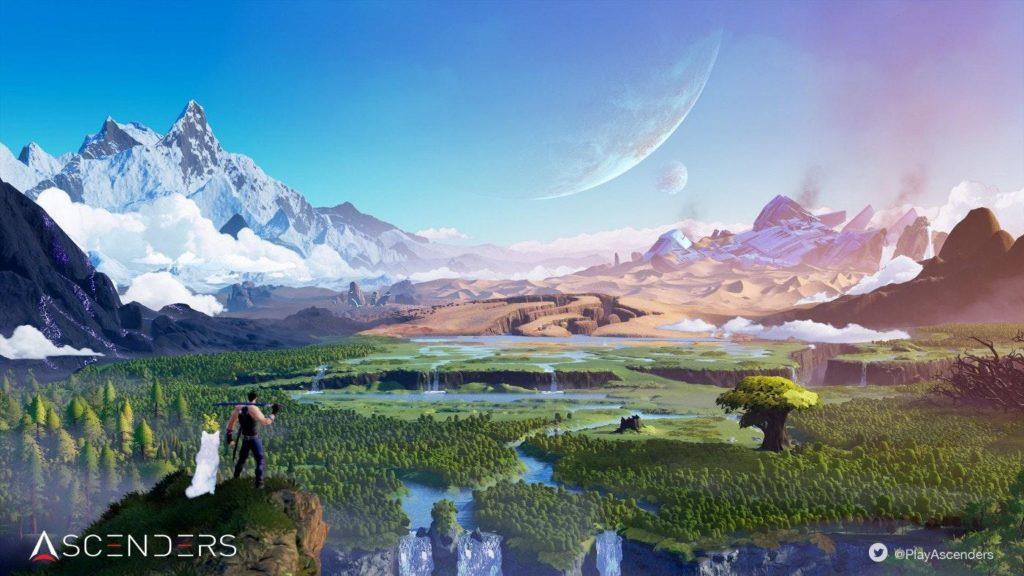
The ambition of the development team is to bring to the community the world's first AAA-rated Crypto game. That's probably a well-founded ambition if you take a look at the Ascenders trailer.
Besides, Ascenders has just raised $6.4 million in a private round led by well-known investors such as Paramount Capital, Sino Global Capital, Three Arrows Capital and Merit Circle. Another factor that promises success for this project is the Ascenders team. It is a combination of top experienced AAA game developers with Crypto experts.
In addition to the typical subnet projects mentioned, names like Pangolin, Colony Labs, Shrapnel, Imperium Empires, Bengqi, Dexalot... will also contribute their subnets. Is this scaling trend the best solution for blockchain projects?
Ngoài PancakeSwap, hệ sinh thái BNB Chain còn có một AMM khác có TVL đạt 150 triệu USD chỉ sau hai tháng ra mắt, dự án này được gọi là Thena.
Blockade Games provides a platform that allows developers to create blockchain games. In addition, Blockade Games also creates many interesting free games.
UNQ Club is a project that provides a blockchain platform that allows investors to collect and manage existing NFT assets.
BENQI is one of the important pieces of the Avalanche ecosystem. Join TraderH4 to find out what BENQI (QI) is as well as detailed information about the QI token.
In addition to a cryptocurrency storage wallet, SafePal is also known to many investors for its SFP tokens and airdrop events with attractive rewards.
The fever from Akita Inu in the Crypto market in the past time has created a great buzz along with the rapid development of the "dog house token".
What is IoTeX? This is a blockchain built and developed in conjunction with the Internet of Things (IoT). Join TraderH4 to learn this article.
What is OKB? OKB is an exchange coin of OKX and the OKX Chain blockchain. Let's learn about OKX and OKB exchanges with TraderH4 in this article.
DROPP GG brings an innovative and novel idea to provide an NFT mint platform based on geographies outside of the real world.
CronaSwap is a DEX built on Cronos Chain, which has a similar model to Uniswap.
